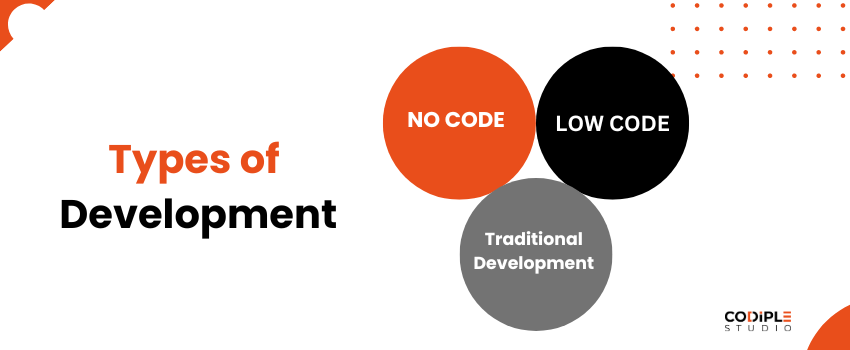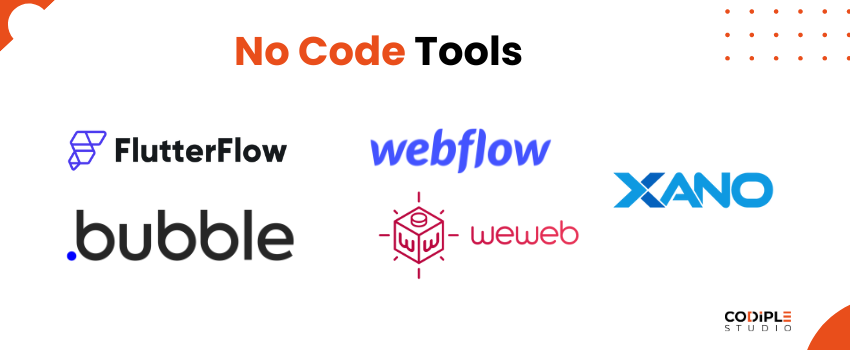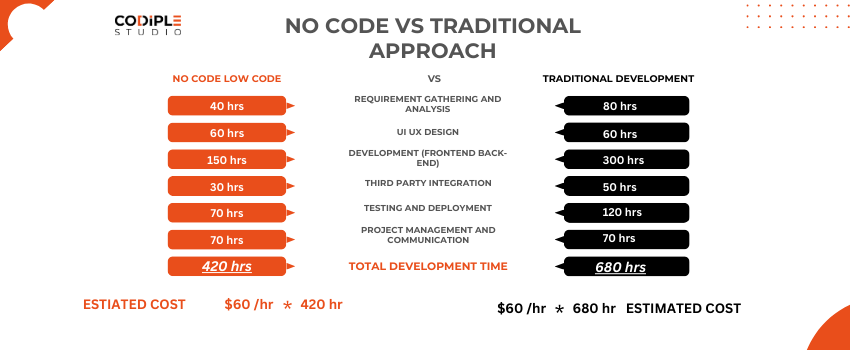
"Uncovering the Truth: Pros and Cons of No-Code/Low-Code Technology"
In today’s rapidly evolving tech landscape, innovations like AI and no-code/low-code platforms are making waves. Despite the growing interest in these technologies, many people remain skeptical about developing software without traditional coding (no-code) or with minimal coding (low-code). What’s fueling these concerns? The primary reason is the low awareness surrounding no-code and low-code technologies. In this article, we will explore the advantages and disadvantages of no-code/low-code (LCNC) technology and identify which solutions are best suited for this development approach. Uncover the truth about no-code/low-code and determine if this technology aligns with your needs.

What are No Code Low Code Technologies?
Even if you’re familiar with no-code and low-code technology, it’s essential to start with the basics before diving into a deeper analysis. So, what exactly are no-code and low-code?
No-code technology enables the creation of applications without any coding, allowing users to build software without writing a single line of code. On the other hand, low-code platforms reduce the need for extensive coding, while still allowing for code editing to implement more advanced features.

Different type of No Code Low Code Platforms

When we choose to use no code low code technologies, there are many platforms are available in market to build a scalable solutions. Here are list of No Code tools which are helpful to build a digital solutions.
- WebFlow
- XANO
- Bubble
- WeWeb
- Flutterflow
Key Benefits to use No Code Low Code for your software project
When we are building a software, website or mobile apps for our business, we need to follow the complete the development cycle. Development cycle includes requirement gathering, requirement analysis, UI/UX design, front end development, back-end development, iteration, third party API integration, and deployment. Each of this stage completed in specific time line and with cost association.
Here we would like to showcase how much time and money can be saved using no code low code technologies compared to traditional development approach.




